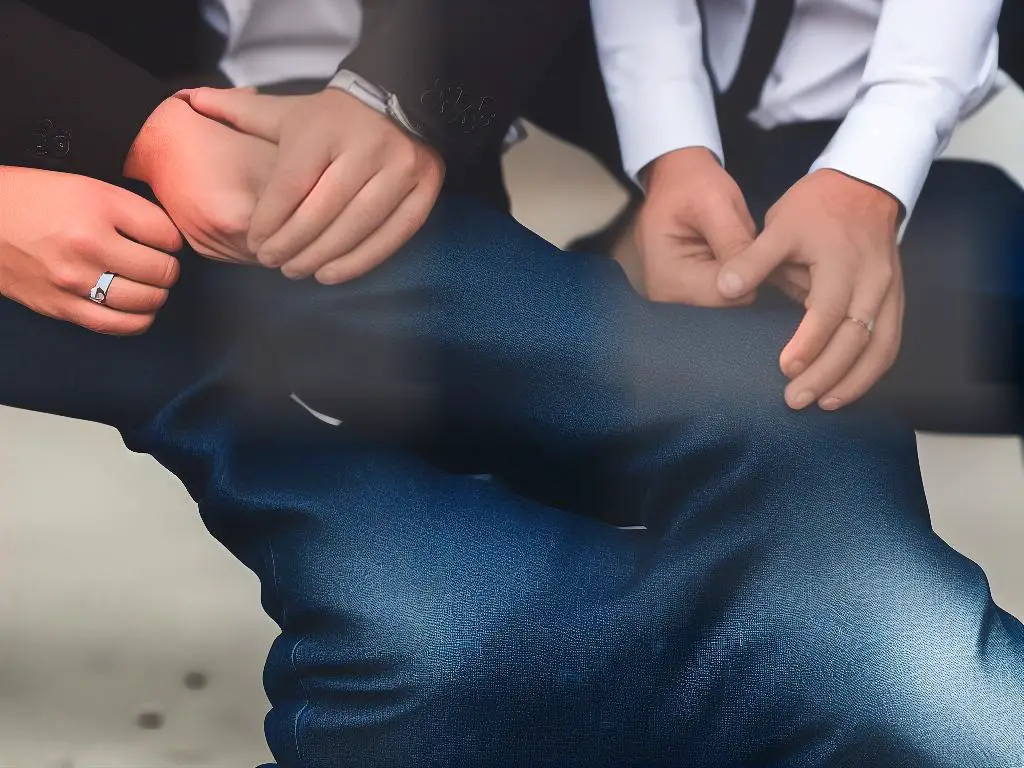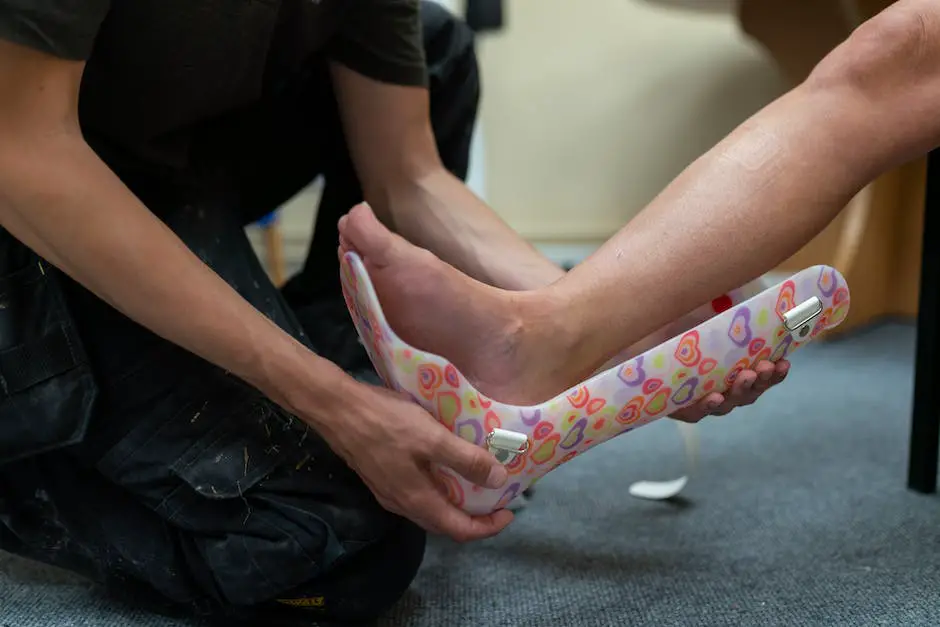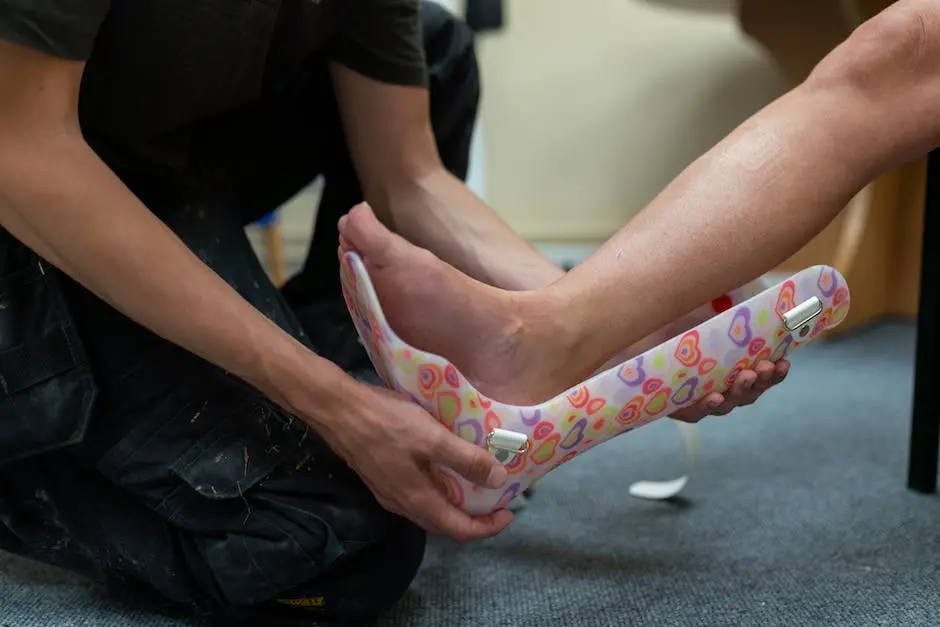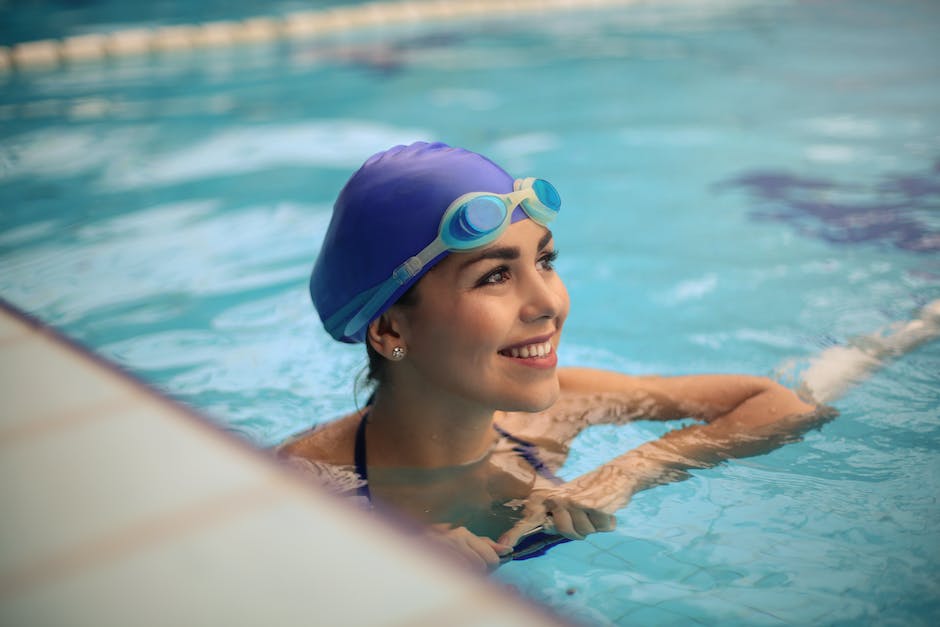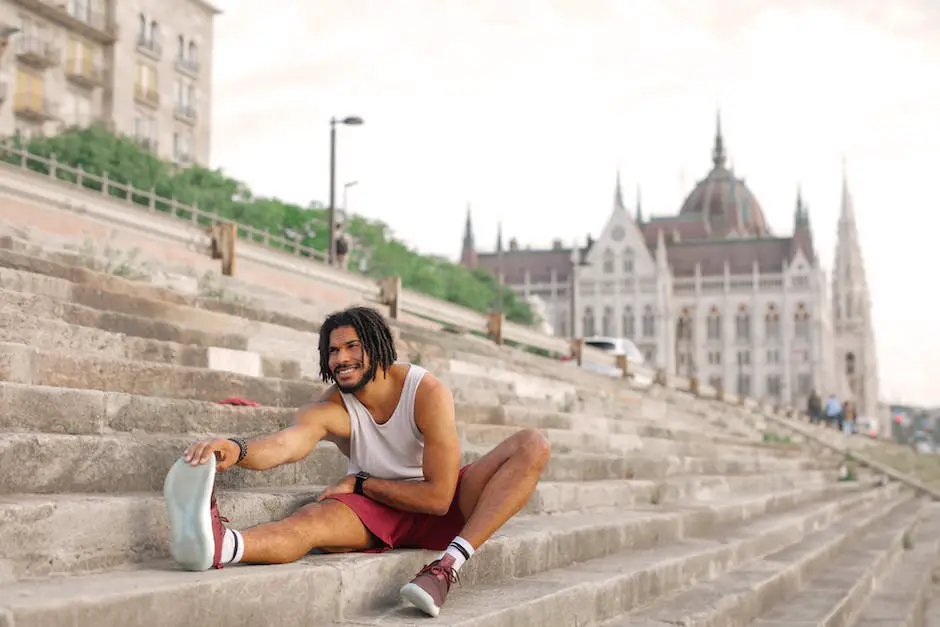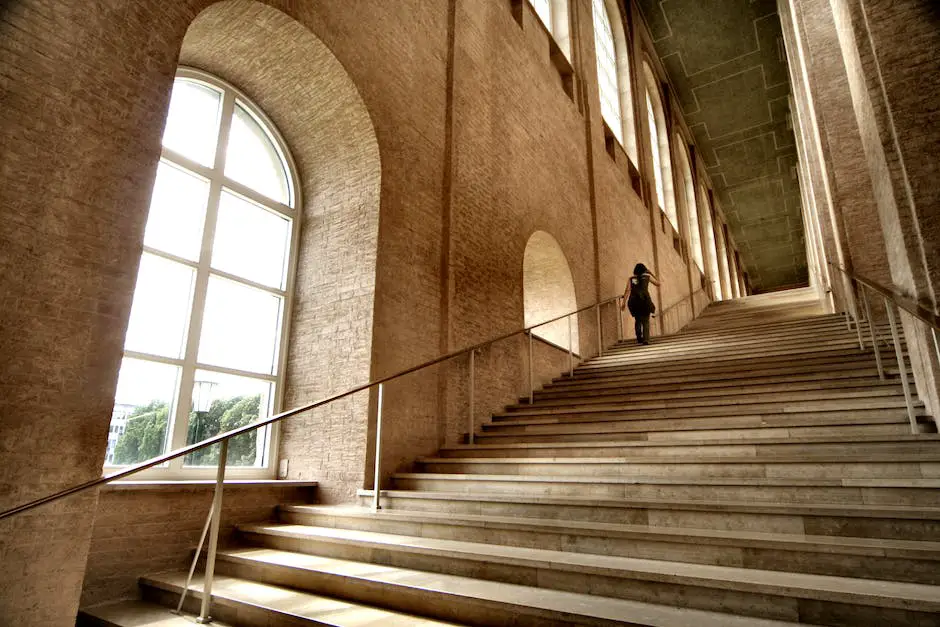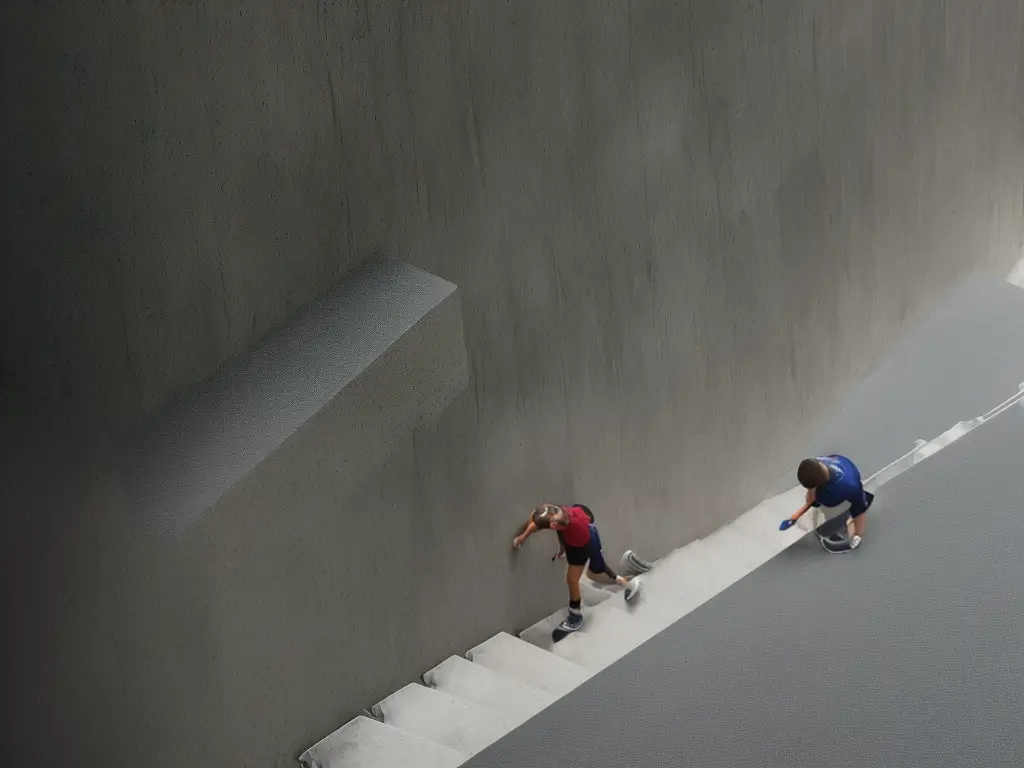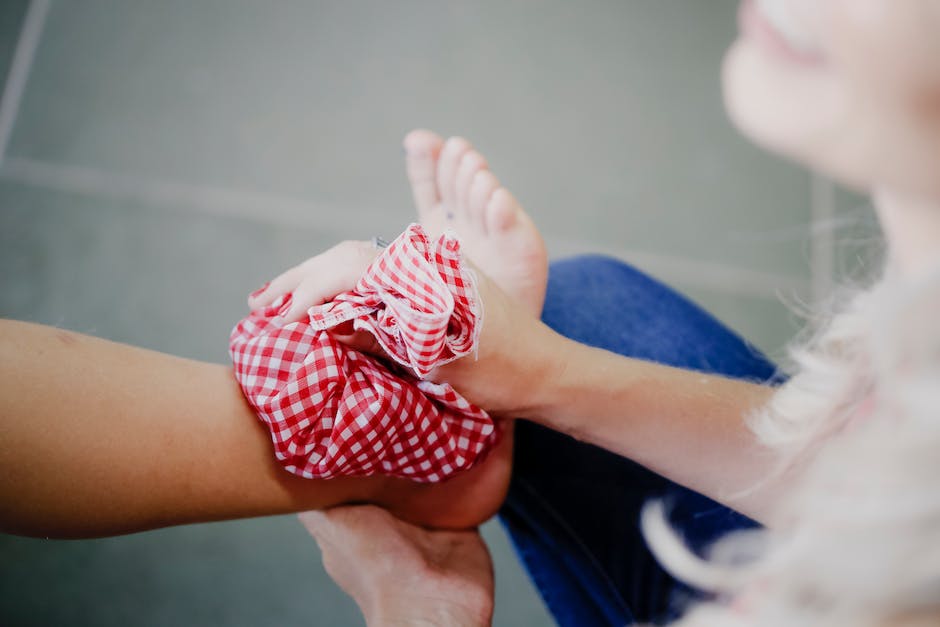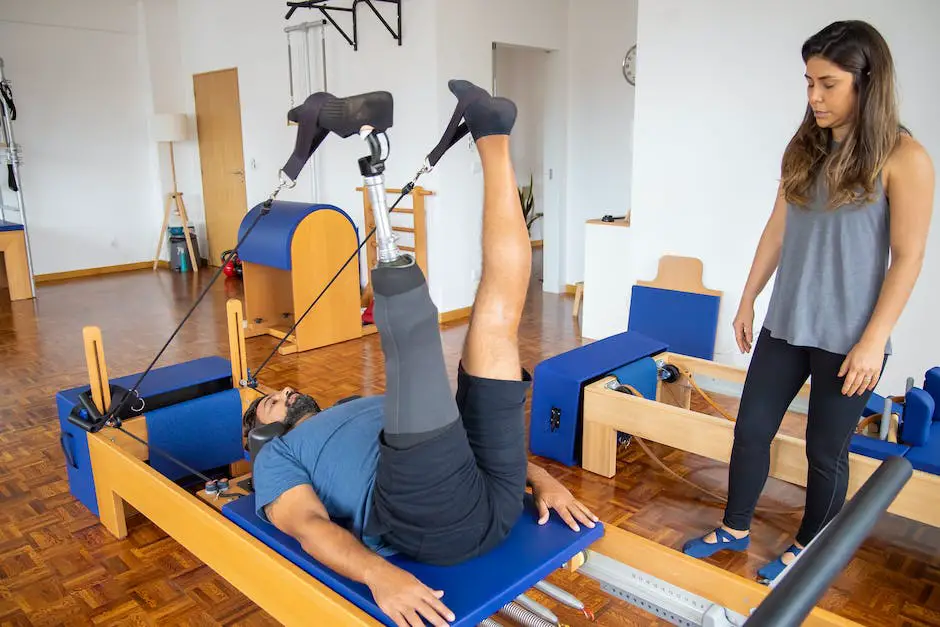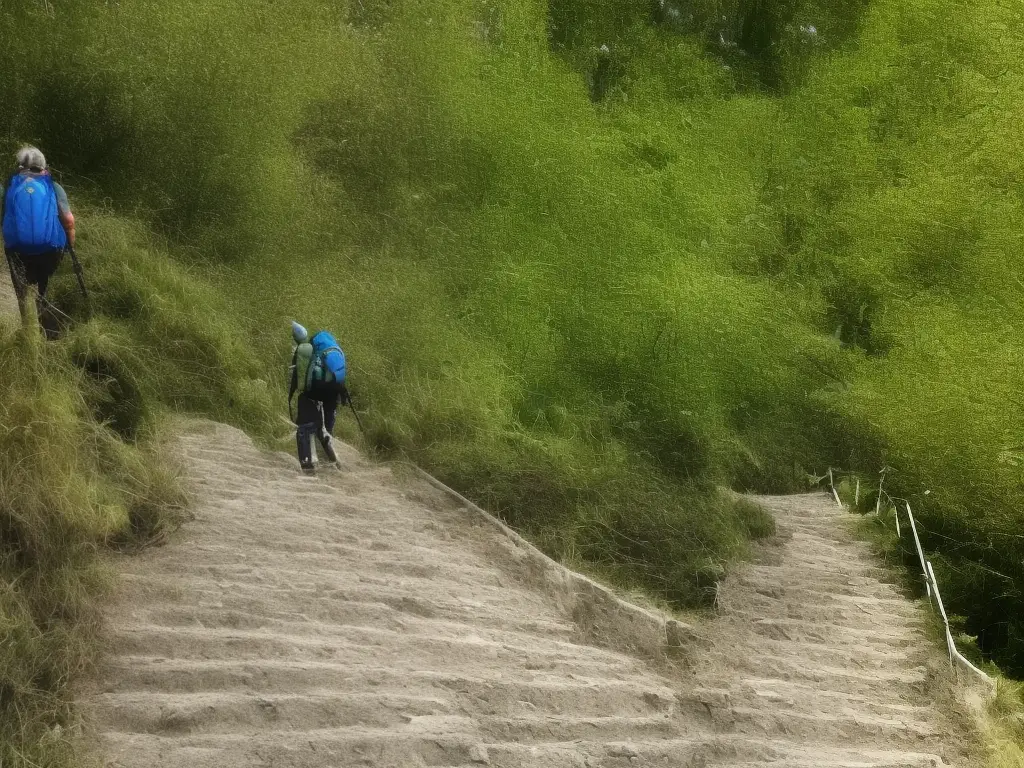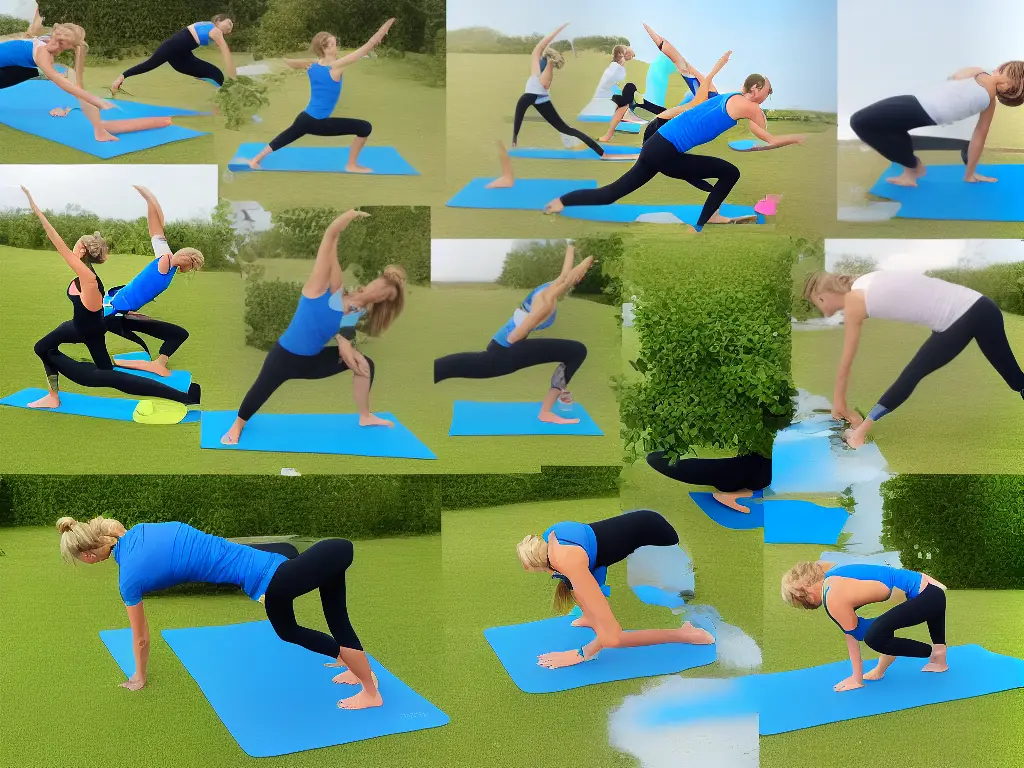Knee pain is a common ailment that can significantly impact one’s quality of life, particularly when it comes to daily activities such as climbing stairs. Understanding the causes of knee pain and exploring potential solutions, including supplements and lifestyle changes, is essential to promoting joint health and maintaining mobility. This essay will delve into the various options and key ingredients in knee pain supplements, offering guidance on making informed decisions to manage this discomfort and improve overall well-being.
Understanding Knee Pain
Knee pain is a common issue experienced by many individuals, and it can be particularly troublesome when climbing stairs. This discomfort can arise for various reasons, including injury, overuse, or age-related degradation known as osteoarthritis. In some cases, knee pain may be a sign of a deeper issue that needs to be addressed to maintain overall joint and muscle health.
Fortunately, there are numerous supplements available that can help to alleviate knee pain, making it easier to navigate stairs and engage in other daily activities.
Osteoarthritis
One common cause of knee pain is osteoarthritis, a condition in which the cartilage within the knee joint begins to wear down over time. This leads to increased friction and inflammation, making it difficult to move the joint without experiencing pain. In these cases, certain supplements may be beneficial in reducing inflammation and promoting overall joint health. Some popular supplements for addressing the symptoms of osteoarthritis include glucosamine, chondroitin sulfate, and omega-3 fatty acids. These supplements can help to rebuild cartilage, reduce inflammation, and improve joint lubrication, making it easier to climb stairs without experiencing pain.
Injury
Injury is another frequent cause of knee pain, with many individuals experiencing discomfort after sustaining damage to ligaments, tendons, or other knee structures. Supplements that promote joint repair and reduce inflammation can be particularly helpful in addressing knee pain related to injury. Bromelain, an enzyme derived from pineapple, is known to have anti-inflammatory properties and support tissue repair. Curcumin, a component of the spice turmeric, is another supplement with well-documented anti-inflammatory benefits, which may help alleviate knee pain resulting from injury.
When climbing stairs, the force placed on the knee joint can be several times more than your body weight, making any existing knee pain more noticeable and difficult to manage. It’s important to address knee pain promptly to prevent further deterioration of joint health and to maintain overall muscle and joint flexibility. A combination of supplements to address the underlying causes, alongside physical therapy and exercise, can help to reduce knee pain while climbing stairs and improve your overall quality of life.
Additional Measures
When dealing with knee pain, it’s essential to take a comprehensive approach that includes maintaining a healthy weight, exercising regularly, and engaging in strength training. Developing strong muscles around the knee joint can provide better support and stability, which may reduce the strain on the joint and alleviate knee pain when climbing stairs. Incorporating a balanced diet, supplementation, and exercise program is crucial for effectively managing knee pain and promoting overall joint and muscle health.

Supplement Options for Knee Pain
Knee pain, which can hinder one’s ability to climb stairs, is a common ailment that many individuals seek relief from. Various types of supplements target knee pain management, including herbal, natural, and synthetic options. These supplements aim to reduce inflammation, promote cartilage repair, and enhance joint flexibility, allowing for a more comfortable experience when navigating stairs. By combining a holistic approach of exercise, weight management, and proper supplementation, individuals can effectively address knee pain and improve their overall joint health.
Herbal Remedies
Herbal supplements are plant-based remedies that are popular for their natural approach in addressing knee pain. Turmeric, for example, contains a powerful anti-inflammatory compound called curcumin, which has been shown to help reduce inflammation and pain in joints. Additionally, ginger has been known for its natural anti-inflammatory properties and can be taken to help alleviate knee pain when consumed in teas or supplements. Boswellia serrata, also known as Indian frankincense, has been studied for its ability to reduce joint pain and inflammation and has shown promising results in managing osteoarthritis pain.
Natural Supplements
When looking for natural supplement options, glucosamine and chondroitin are often taken together to support joint health. Glucosamine is a compound found naturally in the body that helps to build and maintain the cartilage in the joints. Chondroitin, on the other hand, is a structural component of cartilage that provides elasticity and resistance to compression. These two ingredients work together to promote cartilage repair and help maintain joint flexibility, thereby reducing knee pain while climbing stairs.
Synthetic Supplements
Synthetic supplements may be an option for those seeking more targeted relief or who prefer not to rely solely on herbal or natural remedies. These supplements, such as MSM (methylsulfonylmethane), hyaluronic acid, and collagen, can be chemically formulated to mimic natural compounds found in the human body. MSM has shown promise in reducing inflammation and joint pain, while hyaluronic acid and collagen play essential roles in maintaining joint lubrication and cartilage strength. By opting for synthetic supplements, users can help to improve joint flexibility and overall knee health to make stair navigation more comfortable.
Consult a Healthcare Professional
Each individual’s experience with knee pain may be unique, with factors such as underlying cause, severity of pain, or personal preferences influencing which supplement options are most suitable. It’s essential to consult a healthcare professional before starting any supplement regimen, as this will help determine the most effective and safe approach. By considering various supplement categories, individuals suffering from knee pain can find relief and improve their overall quality of life during daily activities, including climbing stairs.

Key Ingredients in Knee Pain Supplements
One popular ingredient in knee pain supplements is glucosamine, a natural compound found in healthy cartilage, particularly in joint fluid. It has been shown to potentially alleviate joint pain and improve overall joint health. Several studies indicate that glucosamine supplementation may reduce knee pain and stiffness, especially when combined with chondroitin sulfate, which enhances the effectiveness of glucosamine.
Chondroitin sulfate is another essential ingredient in knee pain supplements, as it is a significant component of cartilage that gives it its elasticity and helps prevent the breakdown of joint tissues. Research has shown that chondroitin supplementation can reduce joint pain and stiffness and improve knee function in people with osteoarthritis.
This is essential for individuals who experience knee pain when climbing stairs, as improved knee function can lead to increased mobility and reduced pain levels during such activities.
Methylsulfonylmethane (MSM) is an organic sulfur compound commonly found in knee pain supplements. MSM is known for its anti-inflammatory properties and its ability to improve joint flexibility. Studies have shown that MSM can reduce pain levels and improve the physical function of the knee, leading to enhanced mobility during activities like climbing stairs.
Additionally, some research suggests that MSM is even more effective at relieving pain and inflammation when combined with other ingredients like glucosamine and chondroitin.
Omega-3 fatty acids, found in fish oil and some plant-based sources, have long been touted for their numerous health benefits. One of these benefits includes reducing inflammation, a critical factor in managing knee pain. Research has shown that omega-3 supplementation can decrease joint pain, stiffness, and swelling in individuals with arthritis. By reducing inflammation in the knee joint, individuals with knee pain may experience improved mobility and a reduction in pain when climbing stairs.
Curcumin, the active compound found in turmeric, is a popular ingredient in knee pain supplements due to its strong anti-inflammatory properties. Numerous studies have shown that curcumin can help reduce pain and inflammation in individuals with osteoarthritis, leading to improved joint function and mobility. When paired with other joint-supporting supplements such as glucosamine and chondroitin, curcumin can offer even greater benefits for alleviating knee pain and enhancing stair climbing abilities.

Choosing the Right Supplement
As a conclusion, when searching for a supplement to alleviate knee pain specifically while climbing stairs, it’s important to keep in mind the potential advantages of ingredients such as glucosamine, chondroitin, MSM, omega-3 fatty acids, and curcumin. However, it is essential to always consult with a healthcare professional before beginning any new supplement routine, taking into account your individual needs and health conditions.
It’s essential to consider several factors when seeking a supplement to help reduce knee pain on stairs, as this will ensure you find the best solution for your specific requirements.
The ingredients of a supplement play a significant role in determining its effectiveness in decreasing knee discomfort. Some common ingredients in knee pain supplements include glucosamine, chondroitin, MSM, and omega-3 fatty acids. These components are known to promote joint health, reduce inflammation, and improve mobility.
Dosage is another critical factor to consider when choosing a knee pain supplement, as it can directly affect the product’s efficacy. It’s essential to follow the manufacturer’s recommended dosage to achieve the desired results. Overdosing or underdosing on a supplement can lead to insufficient pain relief or potential side effects. Be aware that it may take time for the supplement to work, and benefits may not be seen immediately.
Potential side effects should also be carefully reviewed before beginning a supplement regimen. Some individuals may experience allergic reactions or gastrointestinal upset while taking certain supplements. It’s vital to thoroughly research side effects associated with a supplement to ensure you make an informed decision. If you have pre-existing medical conditions, it’s recommended to consult your healthcare professional to determine if a particular supplement is safe for you.
The cost of a knee pain supplement can vary considerably based on factors such as brand, quality, and quantity. When choosing a supplement, it’s essential to prioritize products that have been independently tested for quality and purity. Be cautious of products that seem too inexpensive, as this may signal inferior quality. It’s worth investing in a slightly more expensive supplement with a proven track record and positive customer reviews.
Before considering adding supplements to your daily routine to reduce knee pain, it is crucial to consult with a healthcare professional. They can provide essential guidance on whether a specific supplement is suitable for your needs, particularly if you are taking other medications or managing pre-existing health conditions. Your healthcare provider may also suggest alternative treatments, such as physical therapy or targeted exercises, to help alleviate knee pain on stairs more effectively.

Supporting Knee Health with Lifestyle Changes
Engaging in regular exercise is one key factor in maintaining knee health and reducing knee pain while climbing stairs. Exercise helps to strengthen the muscles around the knee joint, providing better support and stability for the joint itself. Low-impact activities such as swimming, biking, or using an elliptical machine are ideal choices for those with knee problems, as these exercises put less stress on the joints. Incorporating strength-training exercises that target the muscles supporting your knees, such as quadriceps, hamstrings, and calf muscles, can also be beneficial. Strengthening the muscles around your knees will lessen the strain on the joint, which in turn can help alleviate knee pain when navigating stairs. This approach, alongside consulting with your healthcare provider about appropriate supplements, may offer a comprehensive solution to reducing knee pain on stairs.
Another important aspect of supporting knee health is weight management. Carrying extra weight puts added stress on your knee joints and can exacerbate knee pain when climbing stairs. Research has shown that losing even a small amount of weight can significantly reduce knee joint pressure, decrease inflammation, and improve overall joint health. Adopting a healthy diet along with a regular exercise routine can be an effective way to manage and maintain an optimal weight for knee health.
When it comes to footwear, having the proper support can make a big difference in knee pain while climbing stairs. Worn-out or unsupportive shoes can negatively affect your gait, which in turn can cause additional stress on your knee joints. Utilizing well-cushioned and supportive footwear can help to improve alignment and provide shock absorption. In some cases, individuals may benefit from using orthotic insoles, designed to provide additional arch support and improve overall foot function. Investing in high-quality footwear that meets your specific needs can contribute to better knee health and help alleviate pain when climbing stairs.
In addition to regular exercise, weight management, and proper footwear, incorporating stretching into your daily routine can further contribute to improved knee health. Stretching helps to maintain flexibility and range of motion in the joints, which can alleviate pain when climbing stairs. Taking the time to stretch the muscles surrounding the knee joint, such as the quadriceps, hamstrings, and calf muscles, can ensure that your muscles are prepared for the demands of your daily activities.
Finally, it is important to remember that although lifestyle changes can significantly improve knee health and decrease pain when climbing stairs, supplements can also play a crucial role in this process. Supplements like glucosamine, chondroitin, and omega-3 fatty acids have been shown to help support cartilage health and reduce inflammation, helping to alleviate knee discomfort. By combining these oral supplements with the lifestyle changes mentioned above, individuals suffering from knee pain when climbing stairs can experience greater relief and vastly improved overall joint health.

Photo by jonathanborba on Unsplash
Ultimately, addressing knee pain effectively requires a multifaceted approach that encompasses informed supplement choices, lifestyle modifications, and consultation with healthcare professionals. By combining these strategies, individuals can experience relief from knee pain during stair climbing and support overall joint health, leading to a more active, comfortable lifestyle. Educating oneself on the various supplement options and staying proactive in maintaining knee health are critical steps towards achieving long-lasting relief and improved mobility.

